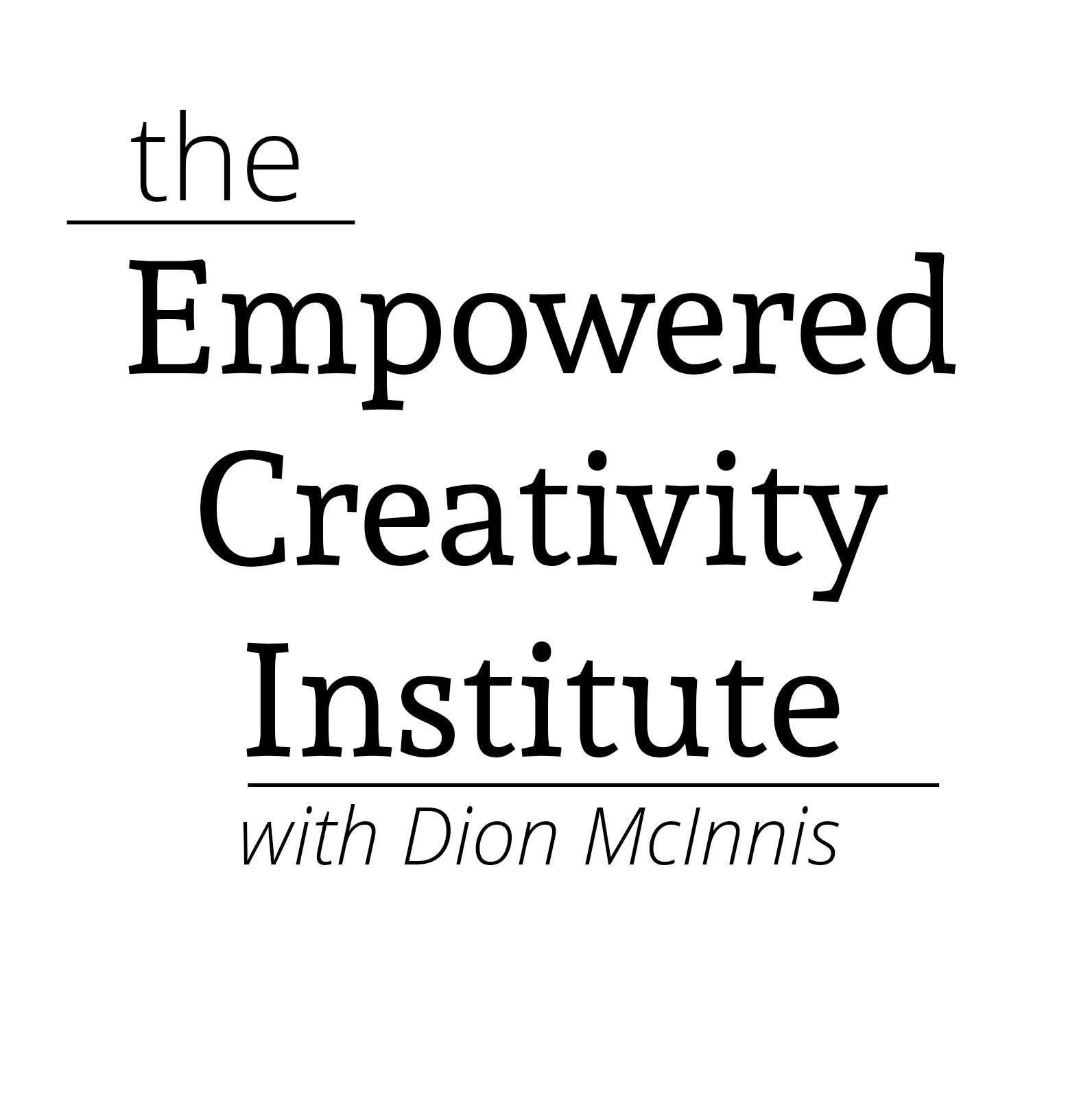A few years ago, I wrote an article about how hearing aids, literally and figuratively, can help an organization’s leadership and management, based on a nonprofit’s executive director’s comment about her need for hearing aids. Having just been fit for my first pair, I can attest that these devices are good for a lot more than improving hearing. They help you see life more clearly; “see” has many definitions.
It is not like I am deaf or anywhere close to it. I attribute my diminished ability to hear on the high end of the spectrum to some good concerts, particularly the one when I stood in front of the speaker stack. I got great photos though, 45 years ago. The audiologist revealed the results of the hearing test and explained that the auditory nerve will quit conveying particular wavelengths if they are not heard for a long period of time (many years). I decided to get ahead of the curve and get the devices. Along the way of the process, I was reminded about some important lessons about life.
Save what you have
Whatever asset, skill, attribute or capability you have, work to recover it, save it or improve it. Time and age, or injury, may require compensations or workarounds, but so be it. Just because you can’t do something now like you did 5, 10, 20 or 40 years ago doesn’t mean that something should be abdicated or forgotten. Fish with bait if the constant casting of a lure irritates arthritis; play less sophisticated chords if your fingers can’t hit the ones they used to; walk or hike instead of jogging, or jog instead of sprinting; try knitting to make things if the miniscule sizes of needle eyes make sewing frustrating…and millions more. There are always a multitude of ways to access the activities and pleasures of life despite changing personal abilities.
Hear and listen in order to see.
I’ve told my photography students the same thing for 40 years now: “If you want to see better, close your eyes.” My goal is to get photographers to use all their other senses and then open their eyes to see what is in front of them. The aroma of food may change the perception of it, and therefore the inspiration for images; the sound of waves crashing will inspire a different approach to photographing waves than simply seeing them come in; the taste of sweat dripping into the corner of your mouth will change how to convey heat or strenuous exercise…and so on.
With hearing aids bringing the high end sounds back to me, I am reminded about the value of hearing, and listening to what is heard, in order to change what is seen (again, using the various definitions of “see.”) My wife and I sat on the back porch to start the morning with conversation and coffee while enjoying the sights and sounds of the early day. The sights changed because of the sounds. I was almost giddy with the “new” sounds of so many birds making a variety of chirps, tweets and beckonings. I turned off the hearing aids and heard birds; I turned them back on and heard a symphony of winged instruments near and far. I couldn’t help but look for the creators of the sounds; I listened to the distinctive sounds and sought out the makers in nearby blooming trees, on the roof, on the fence and so on. Hear; listen; see differently.
Pay attention
Pay attention and stay out of cruise control. Pay attention to the details of information (“Go too long and you’ll lose the high-end spectrum forever.”); pay attention to nuances and subtleties; pay attention to distinctions and differences…pay attention to everything; you’ll learn and grow from the process and will soon see life more clearly, with better understanding.
